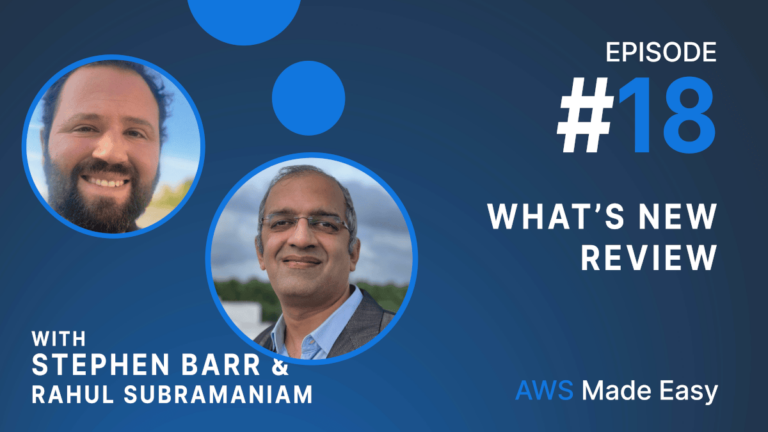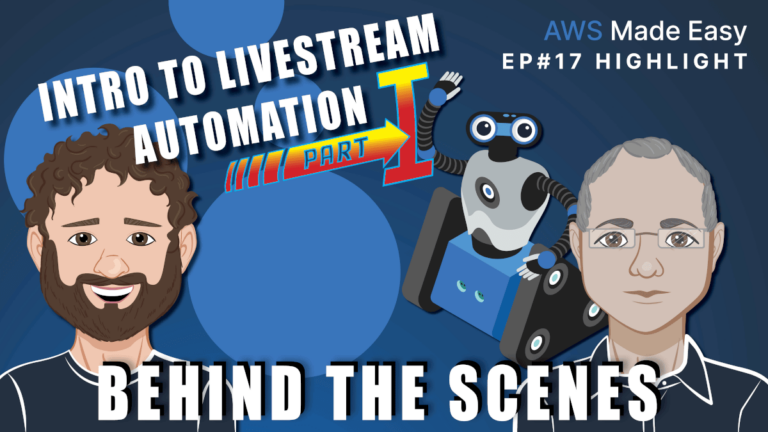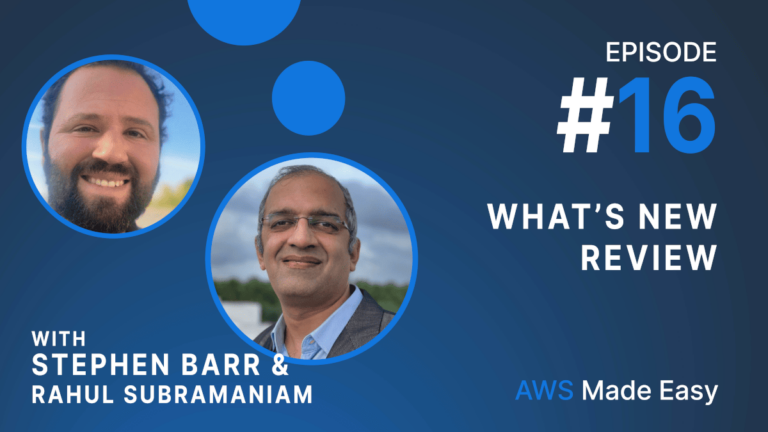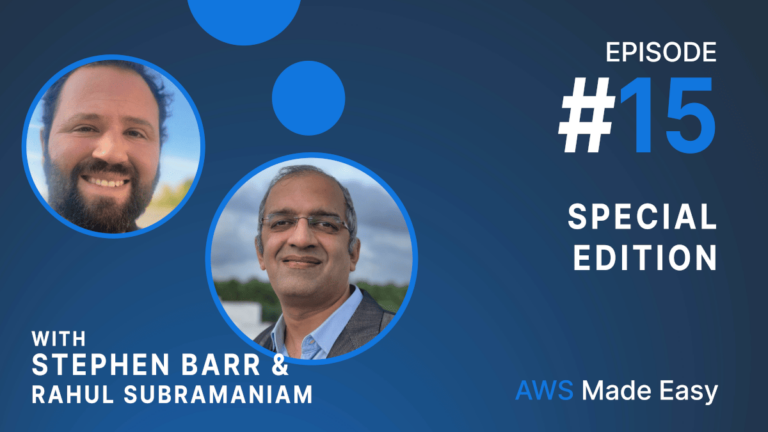Yeah, actually, the natural language detection and the transcription is becoming refined with every iteration. And, for us, one of the big initiatives that we’re doing internally is we have folks in 130 different countries who all collaborate across our group and bring in all of their perspectives into problem-solving, which is the thing that I love the most about my job working with all these amazing people. The thing that we’ve always lacked is, you know, we do hundreds of meetings in a day across all the different teams, but then we don’t have a mechanism of capturing that knowledge, that essence of those conversations.
So, one of the big pipelines that we built behind the scenes is whenever we do a Chime or a Zoom call, we stream all of that data, we run it through transcription, and then we save it as documents that then move into Kendra for indexing. And then you can ask a natural language question like, “Is there a conversation where they were talking about Product X, you know, and something else happened, you know, during the conversation?” Or, you know, “Were there these three specific people in a meeting and they talked about Product X?” Or if you want to remember a meeting, you’re like, “I wonder if I can pull up the transcripts for a meeting where I was there, Uznek [SP] was there, and then we had discussed this particular concept or this particular requirement from the customer.”
Those are the kinds of very, very interesting use cases around organization knowledge bases that Transcribe really enables you to kind of go after now. And Kendra, again, is another one where, to be able to take all of this transcript data…again, this is the NLP space, to be able to draw semantics out of it, to understand what it means at least in some sense, to be able to then answer natural language-based queries, is incredibly powerful. And like I’ve always said, AWS services, you should not think of them as just one service by itself. You should think of it as a whole set of building blocks that are made available to you and then it’s all about how you stitch these together to solve your particular problem. So, Transcribe for me is just one piece of a larger puzzle. It would be very interesting to see how folks are using Transcribe in different places.




